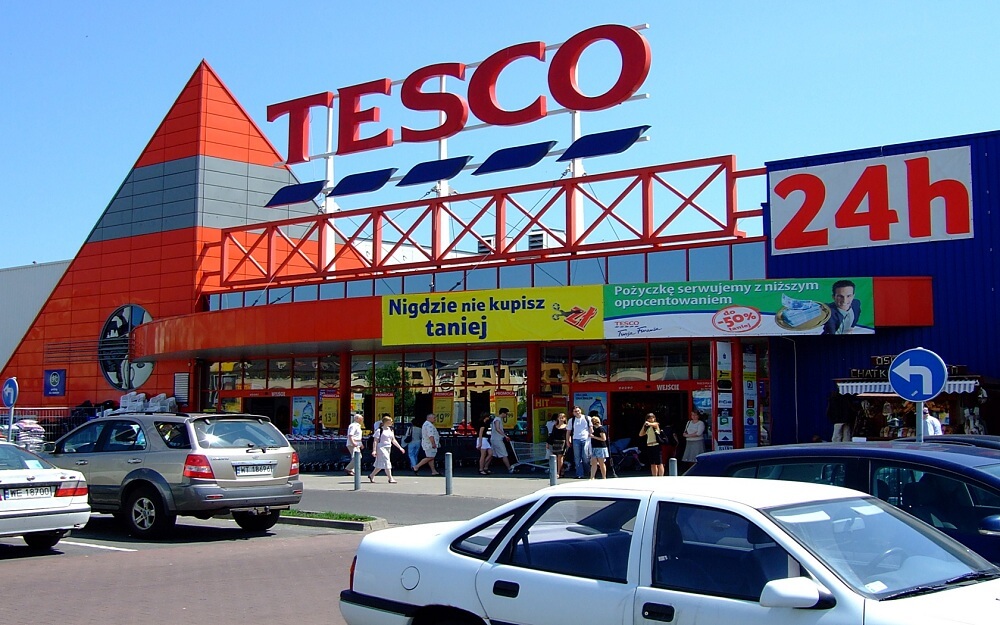

We are sure that you will have heard on many occasions this popular term in the pricing world, but maybe you don´t know exactly what it means. In a very short form and without going into mathematical explanations we are going to explain the term with some examples.
Price elasticity of demand (PED) refers to the elasticity or evolution of the demand of a certain product or service when it´s price varies. It is represented by a curve on a graph where axis (Y) indicates the price and axis (X) the demand:

Let’s put this into an example to understand it better. Imagine a very popular consumer product that has a punctual discount applied, the elasticity implies that a reduction in price means a much larger increase in demand and therefore we can say that this product has a high elasticity. However, imagine applying the exact same discount to a product that is a lot less known; the demand hardly increases and therefore we can say that it is inelastic.
Put in another way, with the first example we would gain profit because the increase in demand would compensate the margin loss, whereas with the second example, the discount would result in being negative as we would sell slightly more but not enough to compensate the margin loss.
Measuring this concept in our e commerce could be very beneficial to us, as to understand how and when we should apply discounts to our products.
Find out how Minderest can take your business to the next level.
Contact our pricing experts to see the platform in action.
Related Articles

AI Agents and Holiday Season: How to Adapt Your Pricing Strategy
Holiday season planning used to revolve around creative campaigns, emotional storytelling, and optimizing the user experience. However, a silent revolution is changing the rules of the game. The rise...
How Surveillance Pricing Works and Its Applications for Your Business
The term "Surveillance Pricing" might conjure images of corporate espionage and price manipulation. However, this initial perception hides one of the most sophisticated and powerful strategies in...